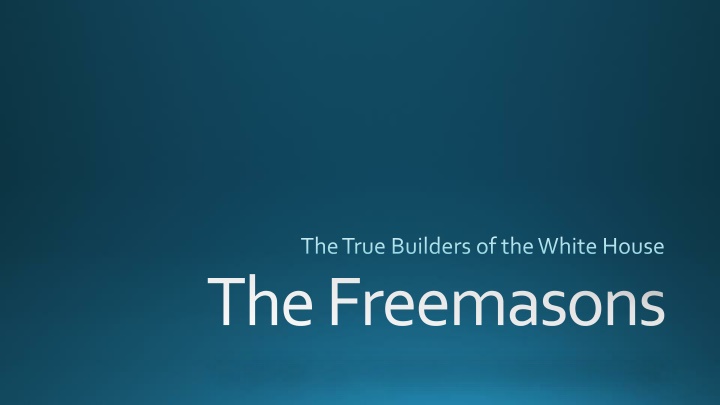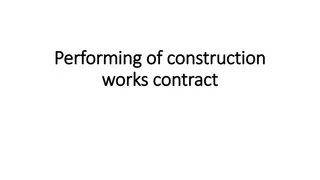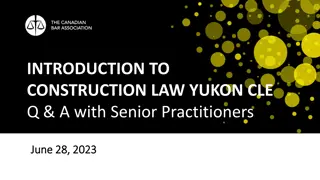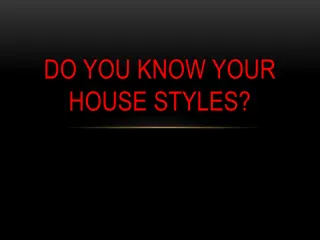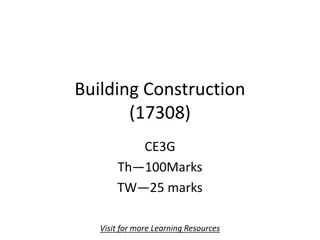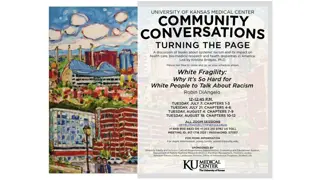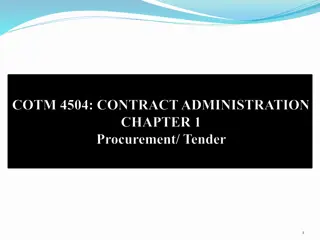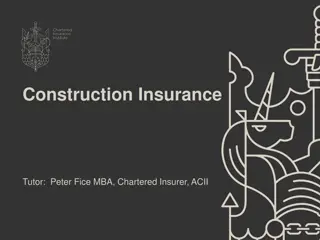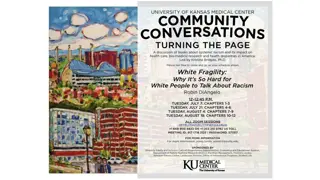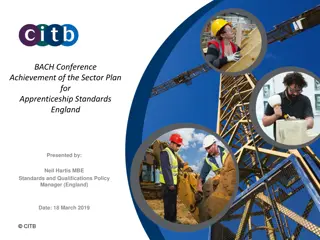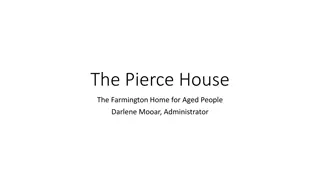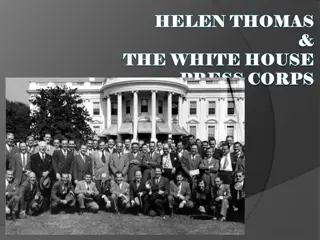The Freemasons and the Construction of the White House
The Freemasons played a significant role in the construction of the White House, with stonemason Collen Williamson training enslaved individuals to quarry and cut stone for the building. The cornerstone was laid in 1792 by Freemasons, including Irish Catholic James Hoban, the architect. Scottish Freemasons were also present on site during the construction. The involvement of Freemasons in the project highlights the diverse workforce that contributed to the building of this historic landmark.
Uploaded on Sep 21, 2024 | 0 Views
Download Presentation

Please find below an Image/Link to download the presentation.
The content on the website is provided AS IS for your information and personal use only. It may not be sold, licensed, or shared on other websites without obtaining consent from the author.If you encounter any issues during the download, it is possible that the publisher has removed the file from their server.
You are allowed to download the files provided on this website for personal or commercial use, subject to the condition that they are used lawfully. All files are the property of their respective owners.
The content on the website is provided AS IS for your information and personal use only. It may not be sold, licensed, or shared on other websites without obtaining consent from the author.
E N D
Presentation Transcript
The True Builders of the White House The Freemasons
Stonemason Collen Williamson trained enslaved people on the spot at the government's quarry at Aquia, Virginia. Enslaved people quarried and cut the rough stone that was later dressed and laid by Scottish masons to erect the walls of the President's House. The slaves joined a work force that included local white laborers and artisans from Maryland and Virginia, as well as immigrants from Ireland, Scotland, and other European nations.
The barest outlines of roads were still being cleared through the dense forest when the Freemasons laid the cornerstone of the first federal building in town without much public fanfare. Hoban himself was an Irish Catholic and a member of Georgetown Lodge No. 9. He took part in the ceremonial laying of the cornerstone, and became the founding Master of Federal Lodge No. 15 the following year. The cornerstone of the President s House was placed in the southwest corner of the foundation. The traditional Masonic ceremony was used, and it was presided over by Maryland Lodge No. 9 s Master, Peter Casanave. A brass plate was placed under the stone, which read, "This first stone of the President's House was laid the 12th day of October 1792, and in the 17th Year of the Independence of the United States of America." George Washington, President Thomas Johnson, Doctor Stewart, Daniel Carroll, Commissioners James Hoban, Architect Collen Williamson, Master Mason Vivat Respublica.
Scottish Freemasons on site as of December of 1794 Alexander Reed Robert Olliver Robert Graham Andrew Shulls David Ogilvie John Cochran James Logan Peter Larimore William Fisher Nathaniel MaCleish Henry Cook William Beard John Henry William Symington James Henry Thomas Allen Neal McKeever Alex Williamson John Bennett Robert Tolmie David Kay
In a 5 July 1792 letter to a Georgetown merchant named John Laird, who was going back to Scotland, the commissioners offered to pay 12 shillings Sterling a month for laborers he might find in Scotland, single men only. They also sought indentured servants, promising freedom to common laborers after two years work, less time required from mechanics: "They will be employed in public work only, and their living found as free men, we desire the Mechanicks to work only, Sixteen Months, and the Laborers two Years, from their arrival at this Port." (Commrs letterbook vol. 1 pp 97-8
Williamson didn't work out. James Hoban, the carpenter/architect who designed the White House, didn't like him and he persuaded the commissioners to fire Williamson on the grounds that he was too old, 65. Williamson complained about that treatment to both Presidents Washington and Adams, and demanded to be rehired. He bragged about his accomplishments in Scotland and his work on the foundation of the White House. In none of those letters is there any mention of the "six Freemasons from Edinburgh."
